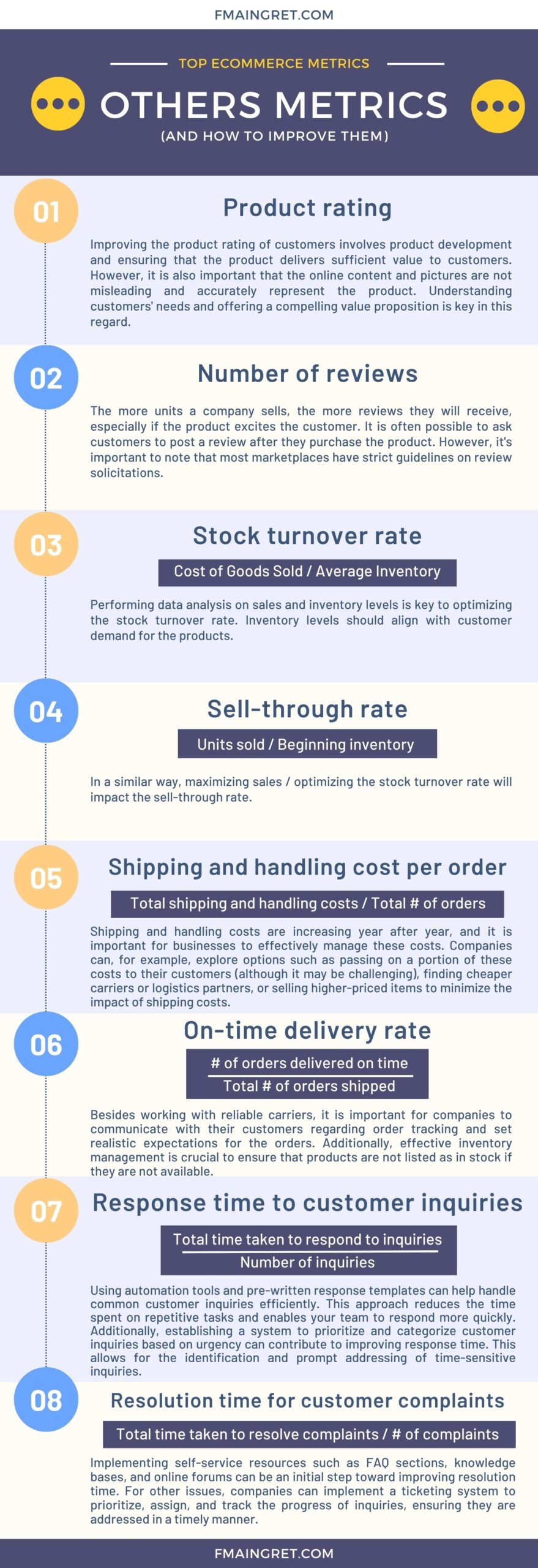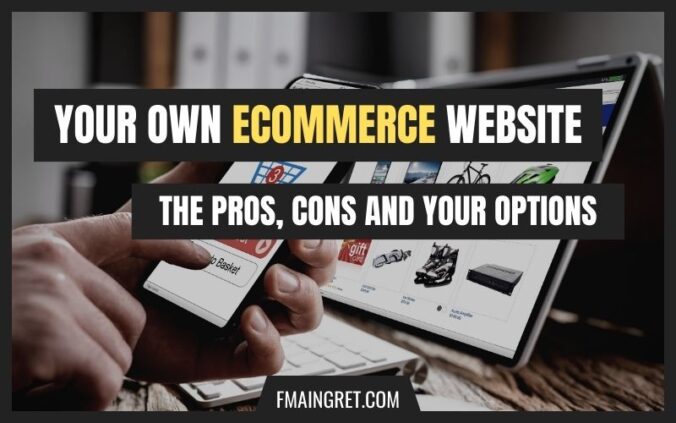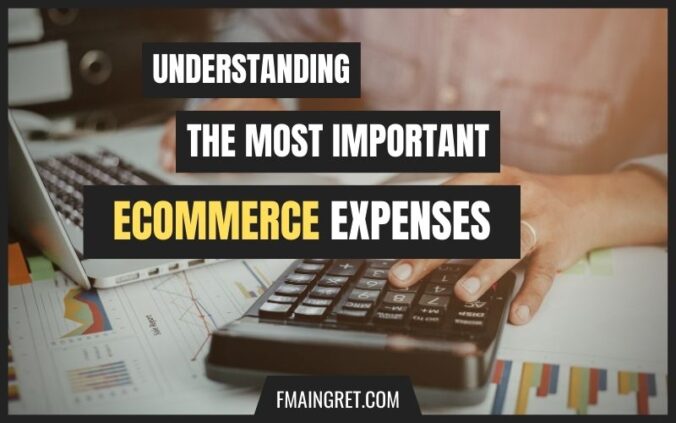In this super competitive world, everyone wants to see how they rank. Which football team is leading this season? What are the top 5 best-selling smartwatches? Which car has the best 0-60 times? In reality, the most important question is arguably, “Am I doing well compared to my competition?” That’s where benchmarks come in, and they’re everywhere – from tech, health, and of course the business world.
Continue readingCategory: Online sales (Page 2 of 3)
In ancient times, shopping was an adventure: people had to leave their houses, get in their cars, and explore aisles of physical retail stores, searching for treasures and good deals. Then came ecommerce, which changed the world. People now had the option to shop from their couches and get products delivered directly to their door. As a result, and for a long time, there were two very different worlds that provided very different experiences: physical stores and online shopping. How cool would it be if customers could have a unified shopping experience, whether they shopped from their laptops at home, a smartphone app, or directly at a retail store? That is already the case, and it is called an omnichannel strategy.
Continue readingHave you ever been scrolling on your Instagram feed, seen a picture of a model wearing a pair of shoes you really like, and then found a View Products tag? That is social commerce: the fusion between ecommerce and social media. Kids are now born with a smartphone in their hands and social media on the screen. Platforms like Instagram, Facebook, and TikTok drive huge amounts of traffic daily and have billions of users worldwide. Companies had to find ways to monetize all this traffic and data, and social commerce is one of them. This relatively recent way of selling is significantly impacting the digital marketing world, and it is getting bigger by the year. But how big is it exactly and should you use it? Let’s find out.
Continue readingIn the age of Amazon.com, is it still relevant for brands to have their own ecommerce website? Many entrepreneurs use Amazon, or other marketplaces as their primary and only sale channel. Others focus mostly on their own website. And a lot of businesses go with a hybrid approach and sell on multiple sales channels. So what is the right approach? And is a website still necessary?
Continue readingIf I had a dollar for every “Get rich with Amazon FBA” course out there, I could quit working and retire early. Whether these courses are useful or not is irrelevant. The sheer number of gurus selling these methods shows how much attention Amazon has been getting for the past decade. Their net revenue went from $61B in 2022 to over $513B in 2022. However, Amazon is not the only marketplace out there. Everyone knows eBay—I remember waking up early to bid on video games and pairs of rollerblades when I was still in middle school. There is also Walmart Marketplace, which is gaining more and more traction, or Etsy for those who like shopping for handmade goods.
Because of the millions of customers these platforms attract, it can be a tremendous opportunity for entrepreneurs. While selling on marketplaces has its risks and issues, they can still be very profitable sales channels. After writing about the dark side of marketplaces, I’d like to talk about the flip side and go over the main reasons why some companies would consider joining one of these platforms.
Continue reading


I may be one of the few weird people who enjoy looking at financial dashboards and playing with complicated Excel files. I find it fascinating to change a number in a cell and see the whole spreadsheet, charts, and tables change. And you know what? It actually helps me wrap my head around different aspects of the businesses I deal with. I may be a nerd, but I understand that finance, numbers, and ratios may look scary to rookie entrepreneurs. Here’s the deal: understanding and managing cost structures is a key to success, whether in the Ecommerce world or other industries. Some of the costs related to an online business are similar to what you’d find in any other business, while some are unique and tied to online businesses. Others are much more important than in other business models.
I can’t talk about every component of every business; this would take the whole book, and I know a lot more about Ecommerce than other business models anyway. The aim of this section is to focus on costs related to Ecommerce. Cost structures are a very important part of a business. They are key to crafting the best pricing strategy, effective financial planning, and ultimately maximizing growth and profits. So, let’s get started and look at each category.
Continue readingNot too long ago, I ordered a really cool-looking pair of boots on Amazon. These were reasonably priced, and the reviews were mostly positive. What I received looked like a toddler designed and 3D-printed these boots, and I immediately returned them to the seller. Most people love the convenience of online shopping and being able to order almost anything without having to leave the couch. However, not being able to physically see and touch the product can cause issues and disappointments. As a result, consumers returned products worth $743 billion in 2023, with an estimated average return rate of 15% to 20%.
While returning items can be a hassle for customers, it is also expensive and time-consuming for companies. Let’s see the main reasons customers return items, the consequences for businesses, and what can be done to reduce item return rates.
Continue reading






